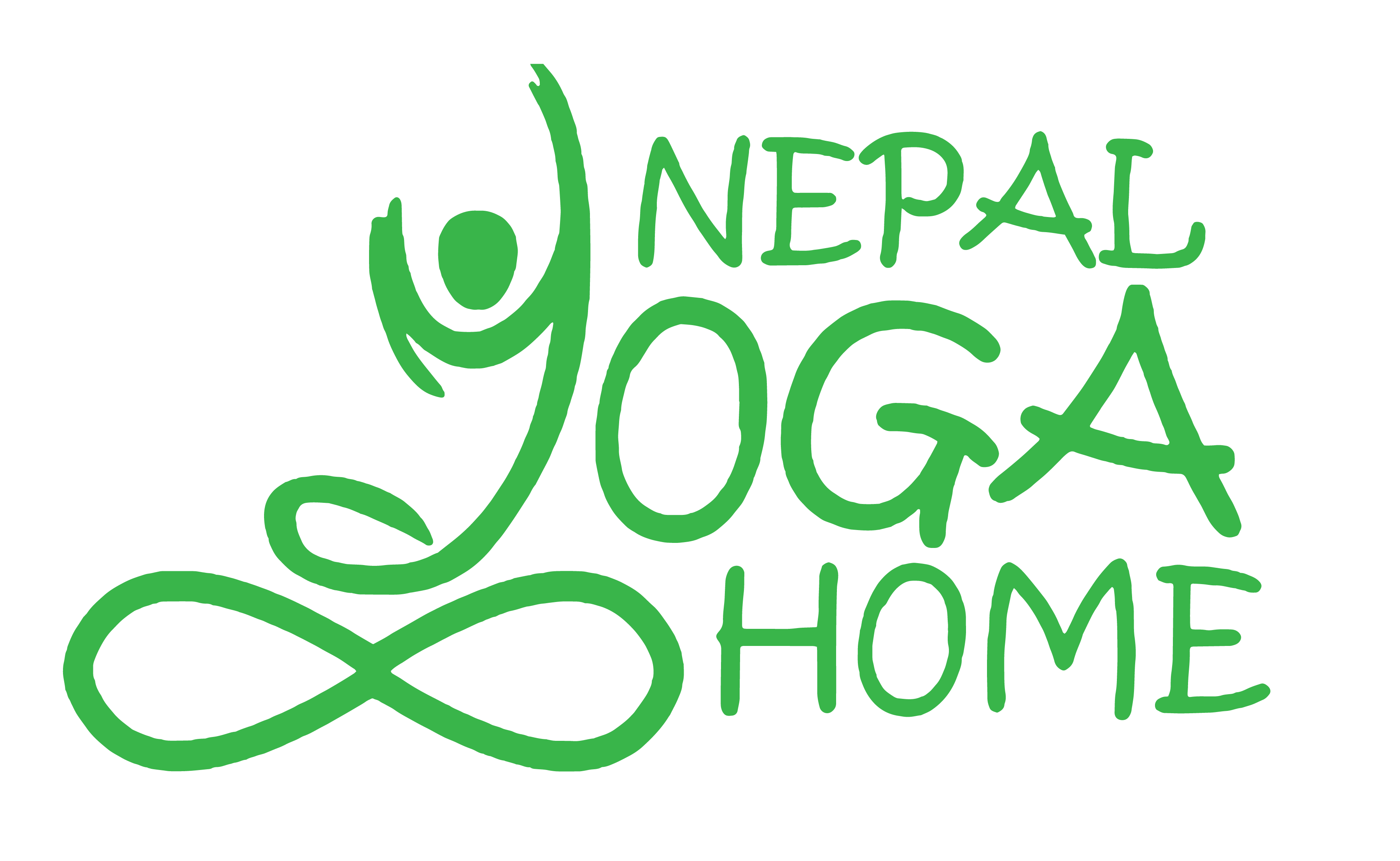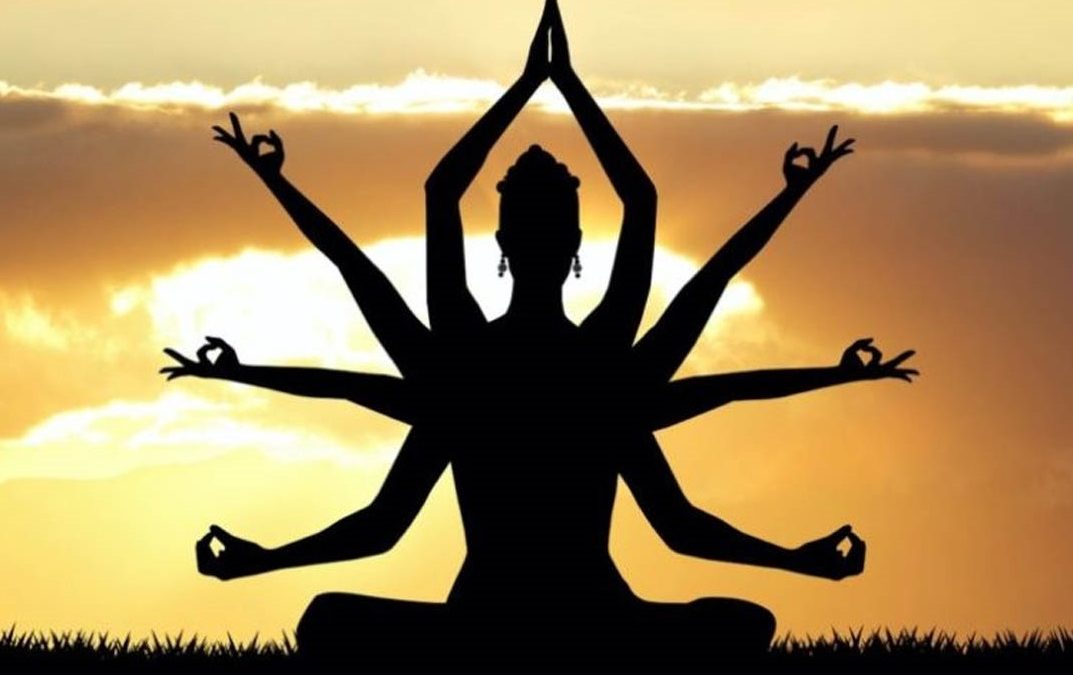Introduction to Mudra
When you think of yoga, your mind may conjure images of flowing poses, deep breathing, or quiet meditation. But there’s an often-overlooked yet powerful tool in yoga that doesn’t require any movement at all: mudras. These are hand gestures that are said to direct the flow of energy within the body, balancing both your physical and mental state. Sounds like magic, right? But mudras are not only deeply rooted in ancient traditions, they are simple to practice and incredibly effective. In this article, we’ll explore yoga mudras—what they are, why they work, and how you can integrate them into your practice to unlock their full potential.
The Basics of Yoga Mudras
Before diving into the specific mudras and their benefits, let’s start with the basics. Yoga mudras are essentially a hand gesture that helps you channel energy through the body. The word “mudra” comes from Sanskrit and translates to “seal” or “gesture,” reflecting its role in sealing or guiding energy. According to ancient yogic traditions, the fingers of the hands are believed to correspond to the five elements of nature—earth, water, fire, air, and ether. By touching certain fingers together or creating specific shapes, you can influence your body’s energy, leading to different physical and mental outcomes.
Mudras: Tiny Movements, Big Impact
At first glance, mudras may seem like small, simple gestures, but their impact can be huge. Think about how certain hand movements in your daily life can convey a wide range of emotions: a wave, a fist pump, or even a tender touch. Similarly, yoga mudras can express subtle but profound shifts in energy.
Imagine you’re walking down the street, feeling stressed from work. You might instinctively clench your fists or cross your arms. These are unconscious gestures that affect how you feel. Now, imagine using a gesture to consciously calm that inner turmoil. This is exactly how mudras work. They allow us to tap into a deep well of energy, and with just a small, mindful gesture, you can release stress, improve concentration, and even open your heart.
The Five Elements of Mudras
To understand mudras in yoga, it helps to know the connection between the hands and the five elements. Each finger represents one of these elements:
- Thumb: Fire
- Index Finger: Air
- Middle Finger: Ether (Space)
- Ring Finger: Earth
- Little Finger: Water
By bringing together specific fingers in a mudra, you can balance or stimulate these elements within your body. For example, pressing the thumb and index finger together forms a mudra that balances the air and fire elements, calming your mind and improving focus. It’s like tuning the strings of a guitar to make the music sound just right.
How Yoga Mudras Work
You may wonder, how can such small movements create such powerful effects? The answer lies in the concept of energy flow. In yoga, it is believed that the human body has a system of channels called nadis, through which energy flows. When energy becomes blocked or imbalanced, it can lead to physical or mental disturbances. Yoga mudras help to open these channels, restore energy balance, and promote overall well-being.
Here’s an easy-to-understand example: Picture a garden hose. When the hose is bent or blocked, water can’t flow through it properly. But if you straighten the hose or remove the blockage, the water flows freely. Similarly, when energy channels in the body are blocked, it can cause stress, fatigue, or even illness. Yoga mudras help straighten these channels, allowing energy to flow freely.
The Benefits of Yoga Mudras
One of the most appealing aspects of mudras in yoga is their versatility. You don’t need to be a seasoned yogi to reap their benefits. Whether you’re a beginner or an advanced practitioner, mudras can support your practice in various ways. Here are just a few of the benefits:
- Mental Clarity: Certain mudras help clear mental fog and improve focus, making them ideal for meditation and concentration.
- Stress Relief: Mudras like Anahata Mudra can help calm the nervous system, reducing feelings of anxiety and stress.
- Emotional Balance: Mudras can assist in balancing your emotions by harmonizing energy, fostering a sense of inner peace.
- Physical Healing: Mudras also have therapeutic effects, with some promoting better circulation, improving digestion, and even aiding in the relief of headaches.
- Increased Vitality: Mudras like Prana Mudra help activate the body’s energy, boosting overall vitality and energy levels.
By incorporating yoga mudras into your practice, you can experience both subtle and profound shifts in your physical and emotional state.
Popular Yoga Mudras to Try
There are many different mudras in yoga, each with its unique purpose. Here are a few of the most well-known ones:
- Gyan Mudra (Mudra of Knowledge):
To perform this mudra, simply touch the tip of your index finger to the tip of your thumb while keeping the other fingers extended facing upward. This gesture is thought to enhance mental clarity, focus, and wisdom. It’s a wonderful mudra to use during meditation or when you need a mental boost. - Chin Mudra (Gesture of Consciousness):
In Chin Mudra, you connect the tips of your index finger and thumb while keeping the palms facing downward. This mudra is said to promote calmness, mindfulness, and spiritual awareness. It’s often used during meditation practices to deepen the connection between body, mind, and spirit. - Prana Mudra (Mudra of Life Force):
To do this mudra, touch the tips of your ring and little fingers to the tip of your thumb, while keeping the other fingers extended. Prana Mudra is believed to activate the life force energy within the body, boosting vitality and overall health. - Anahata Mudra (Heart Chakra Mudra):
Place your hands together in a prayer position with a slight gap between your palms. This gesture opens the heart chakra, helping to cultivate feelings of love, compassion, and emotional balance. It’s great for fostering an open heart in your practice. - Vayu Mudra (Mudra of Air):
To perform Vayu Mudra, fold the index finger down to touch the base of your thumb and then press the thumb gently over the index finger. This mudra is believed to reduce anxiety and promote a sense of peace and tranquility.
How to Practice Yoga Mudras
The beauty of yoga mudras is that they’re easy to integrate into any yoga or meditation practice. Here’s how to incorporate them:
- Find a Comfortable Position: Sit in a comfortable seated position, such as Sukhasana (Easy Pose) or Padmasana (Lotus Pose). Keep your spine straight and your body relaxed.
- Choose Your Mudra: Select a mudra based on your intention for the practice. If you’re looking for relaxation, try Anahata Mudra. If you need more focus, go for Gyan Mudra.
- Focus on Your Breath: Begin breathing deeply and slowly. With each inhale, imagine energy flowing into your body, and with each exhale, let go of tension.
- Hold the Mudra: Once you’re comfortable, place your hands in the chosen mudra and hold it for a few minutes. Focus on the sensations in your body and the shift in energy that the mudra brings.
Incorporating Mudras into Your Daily Life
Another great thing about yoga mudras is that they can be practiced anytime, anywhere. You don’t have to be on the yoga mat to reap their benefits. Whether you’re sitting at your desk, waiting in line, or winding down for bed, you can practice mudras to bring more balance and harmony into your day.
For example, if you’re feeling stressed, take a moment to practice Vayu Mudra while you breathe deeply. Or, if you’re looking to boost your energy, try Prana Mudra during a quick break. Mudras can become a simple but powerful tool to guide you through your day with more focus, calm, and balance.
Conclusion
Yoga mudras are a powerful, accessible, and transformative aspect of yoga practice. These small, intentional hand gestures carry the power to unlock profound shifts in our energy, mind, and body. Whether you’re looking to enhance your meditation, reduce stress, or cultivate emotional balance, incorporating mudras into your practice can help you achieve your goals. With just a few minutes a day, you can begin to experience the subtle yet profound effects of yoga mudras, opening yourself up to a deeper connection with your energy and the world around you. So, next time you unroll your yoga mat, don’t forget to bring your hands into the conversation.
For more blogs visit on our Nepal Yoga Home blog section.

